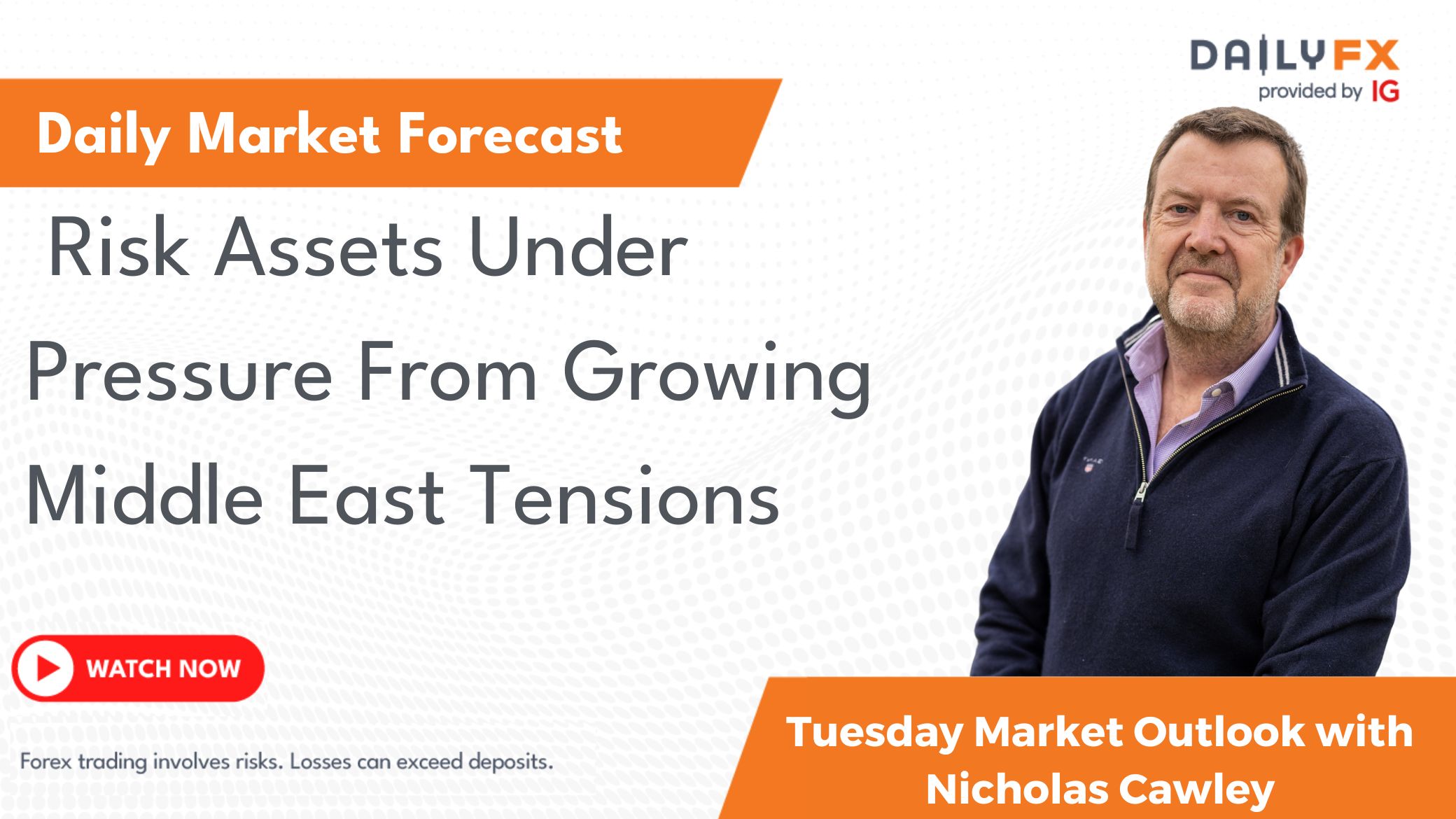All times are Eastern Time (GMT-05:00)
In order to trade successfully, it is important that one know what not to do. A comparison of FXCM clients’ aggregate profitability and account activity (number of accounts that traded that hour) (Figure 1) suggests that clients should avoid trading during the most active hours. This idea is nonsense of course. The numbers don’t explain why traders lose during active hours but there does appear to be an inverse correlation between profitability and volatility (the more the market moves, the more traders lose) (Figure 2). Increased volatility promotes impulsive trading behavior, which increases mistakes made and ultimately capital lost.

Figure 1

Figure 2
The distribution of daily price extremes by hour since 2005 (last 5 years) for the EURUSD is as follows.

Figure 3
Not surprisingly, intraday volatility and intraday price extremes are positively correlated. In fact, there is a tendency for price extremes (highs and lows) and higher volatility to occur at the beginning of each session (Asian, European, North American sessions). From 2005 to 2009, the first hour of the trading day (18:00 – Asian open) produced the high for the day nearly 8% of the time and the low 6% of the time. In a random environment, one would expect a price extreme (high or low) to occur just 4.17% of the time (1/24 = 4.17%). The 3:00 to 4:00 two hour period (European open) produces the high 12% of the time and the low 11% of the time (compared with 8.33% for a random environment). The 9:00 to 11:00 three hour period (US open and economic releases) produces the high and the low 20% and 21% of the time (compared with 12.5% for a random environment).
These statistics explain the popularity and relative success of opening range strategies. There are multiple ways in which this information can increase your probability of success. For example-
- Set stops above and below price extremes occurring during opening range hours rather than highs and lows occurring at arbitrary hours.
- Fade rallies only at resistance and only during opening range hours.
- Buy dips only at support and only during opening range hours.
- Buy opening range breakouts
- Sell opening range breakdowns
The information presented here is not a strategy (bias determination) in itself but can increase profitability by improving entries and stop placement (reduce risk).







